Unified Patent Court: 465.247 opt-outs in the sunrise period
June 7, 2023
Since the opening of the Unified Patent Court last Thursday, it has received eighteen cases, a spokesperson told Kluwer IP Law. According to a report by patent attorney Joeri Beetz of Keltie LLP, the first European patent to be challenged appears to be EP3666797B1, a 'very recently granted divisional of an Amgen patent application originally filed in 2008'.
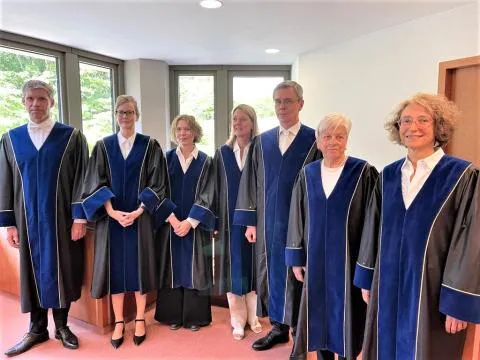
The judges of the Court of Appeal of the Unified Patent Court took their oath last Monday at the court room in Luxembourg. For the judges of the Court of First Instance, both legally and technically qualified, the oath taking ceremony took place on the court's opening day last Thursday, at the courtroom of the 1st Civil Chamber of the Palais de Justice de Paris.
Opt-outs
Although the general feeling is that the quality of the new UPC judges is absolutely fine, this doesn’t apparently mean overall enthusiasm about the court prevails. The UPC informed this blog that at 09:30 PM on 30 May, just before the CMS was closed for planned maintenance, the number of opt-outs was 465.247. As of 6 June 2:00 PM, this number had risen to approximately 499.000.
In a LinkedIn report last week, German and European patent attorney Florian Henke had published a similar number. After some calculation and explanation he concluded: ‘Under the assumption that only EP-patents in force have been opted out (no applications, no lapsed EP-patents), the present opt-out ratio can be estimated to be 61%. If pending EP-applications are taken into account, the opt-out ratio could still be higher than 45%.’
The number of opt-outs is much higher than the court counted on. Its budget committee based the expected costs of the opt-out fee reimbursement (2.3.7.), which ‘represent the fee payable to Netservice for each opt-out lodged during the last three months of the PAP (the so-called “sunrise period”)’ on an estimated number of 50.000 opt-outs.

In another LinkedIn report about the UPC, patent attorney Ahsan Shaikh of US law firm McDermott Will & Emery, writes: ‘As we await the reports of its initial cases, we note companies have begun bringing invalidity actions in EU national courts against European patents of their competitors that were previously opted “out” of the UPC. The purpose of those attacks is to prevent the patents from being brought back into the UPC for enforcement, on the assumption that the UPC will be more favorable than national courts for patent owners.’ It would be interesting to hear if others have noticed these kind of actions as well.
Language regime UPC
In the meantime, the court published more information about the language regime. Although for a moment it seemed that his wouldn’t be the case, the UPC local divisions in Germany, France and Italy will also offer English as language of proceedings.
You may also like





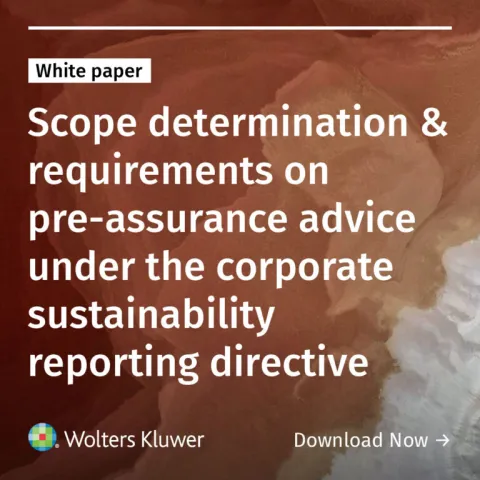
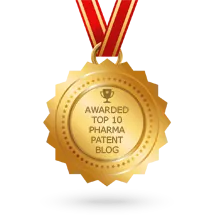
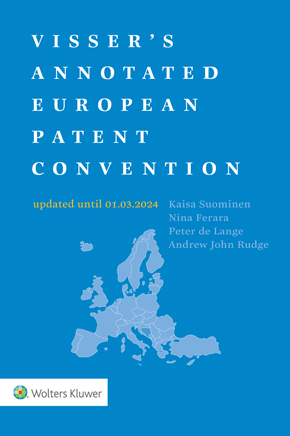
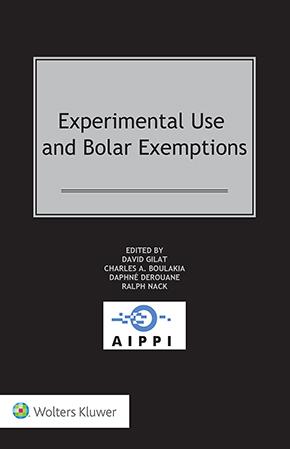

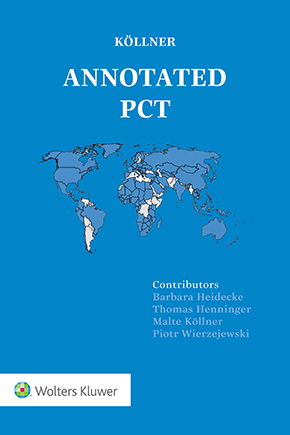

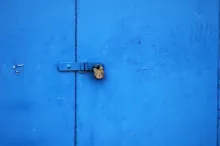

Patent robot
"As of 6 June 2:00 PM, this number had risen to approximately 499.000." I bet for 500.000, so I lost my bet :(
Adam Brown
"Or maybe even the legality of the opening of the Court without the originally required UK ratification of the Agreement?" Or maybe the validity of the Brussels1 régulation which wrongly says that the UPC is a common court.
Patent robot
The real question is: why EP3666797B1 has not been opted out?
DXThomas
With nearly 500 000 opt-outs, some questions will arise when those patents will be opted-in again. I am looking at the situation of a potential infringer or a party seeking nullity of a European patent. During the transitional period, an opt-out is always possible, cf. Art 83(3) UPCA. Provided no action before a national court has been started, such an opt-out can be withdrawn at any moment during the life of the patent, cf. Art 83(4) UPCA. It is clear that an opt-in has an ex tunc and not an ex nunc effect. It will at least end up with the end of the transitional period. Question: Is, during the transitional period, an opt-in possible once an action before a national court has exhausted all means of redress and has become res judicata? What is the the value of such a “national” decision if after an opt-in, the UPC looks again at the case? The question of a possible retroactive application of the UPCA also arises. If an opt-out is requested by the proprietor, then the EP falls into a bundle of national patents which can only be attacked before separate national courts in the member states in which the patent has been validated. The same applies for an action for infringement. It can only be started at a national court. When the opt-out is withdrawn, the patent then falls under the exclusive competence of the UPC, and for all member states of the UPC. For any possible infringer, the situation changes drastically after withdrawal of the opt-out. From only being able to be summoned before a national court with limited territorial competence, he will then be able to be summoned in front of an international court with a much more extended territorial competence. If the EP has fallen into a bundle of national patent any action in order to obtain a declarative judgement of non-infringement can only be thought for at national level. It is then only valid in the country in which nullity has been acquired, but at a much lower cost as before the UPC. Once the patent becomes a UP after withdrawal of the opt-out, then the possible infringer can only obtain a declarative judgement of non-infringement at the UPC. If the patent is susceptible to affect its business, the party seeking nullity will have to act at a much higher cost, to start with the basic fee, before the UPC. In any case the possibilities offered to a potential infringer or a party seeking nullity of a granted European Patent depend on a decision of the proprietor to withdraw the opt-out. It is doubtful that such a retroactive change of position to the detriment of a potential infringer, but to the exclusive advantage, and only within the realm of the proprietor is at all tolerable. This open issue is further exacerbated in view of the possibility of being invited to intervene, cf. R 316 UPCA, and of a forced intervention R 316A UPCA.